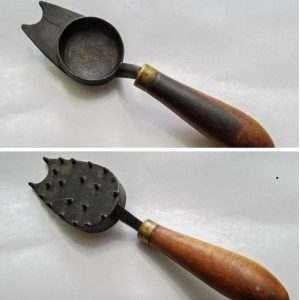If you grew up in a small town or a rural neighborhood, chances are you’ve seen one of these in action—an old metal drum quietly crackling in someone’s backyard. At first glance, it looked like nothing more than a beat-up container for garbage. But the burn barrel was so much more. It wasn’t just a trash can—it was a way of life, a neighborhood gathering point, and a symbol of self-reliance.
Let’s take a walk down memory lane and rediscover how this simple object came to play such an unforgettable role in American households.
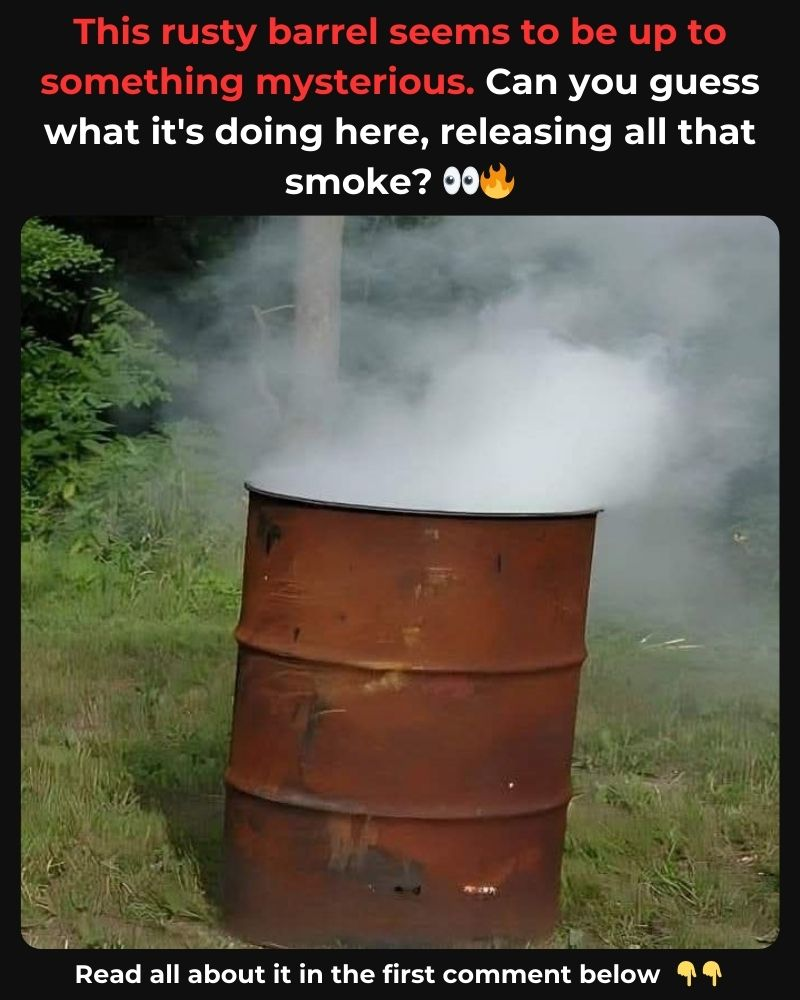
The Burn Barrel: An Icon of Simplicity
Back in the day, burn barrels were a common sight in driveways, fields, and alleyways. Usually repurposed from 55-gallon industrial drums, they were fitted with holes near the bottom to allow airflow and topped with mesh screens to catch flying ash. Families would toss in everything—paper, cardboard, yard waste, even old clothes.
Why was it so popular? Before municipal waste services became widespread or affordable, people had to take matters into their own hands. The burn barrel was the most practical solution for managing household trash, especially in remote or rural areas.
Video: I didn’t believe it myself! I welded a barrel of pipes and it all worked!
More Than Utility: A Gathering Around the Flames
Believe it or not, the burn barrel wasn’t just about burning trash—it had a strange way of bringing people together. On crisp fall evenings or lazy summer weekends, neighbors would gather near the glow of a shared fire, chatting while the flames did their work.
Think of it like the original version of a town square—no logins or status updates required. Just the sound of crackling fire, the scent of burning paper, and stories exchanged under the stars. The burn barrel turned trash disposal into a social ritual.
Where It All Began: A Solution Born of Necessity
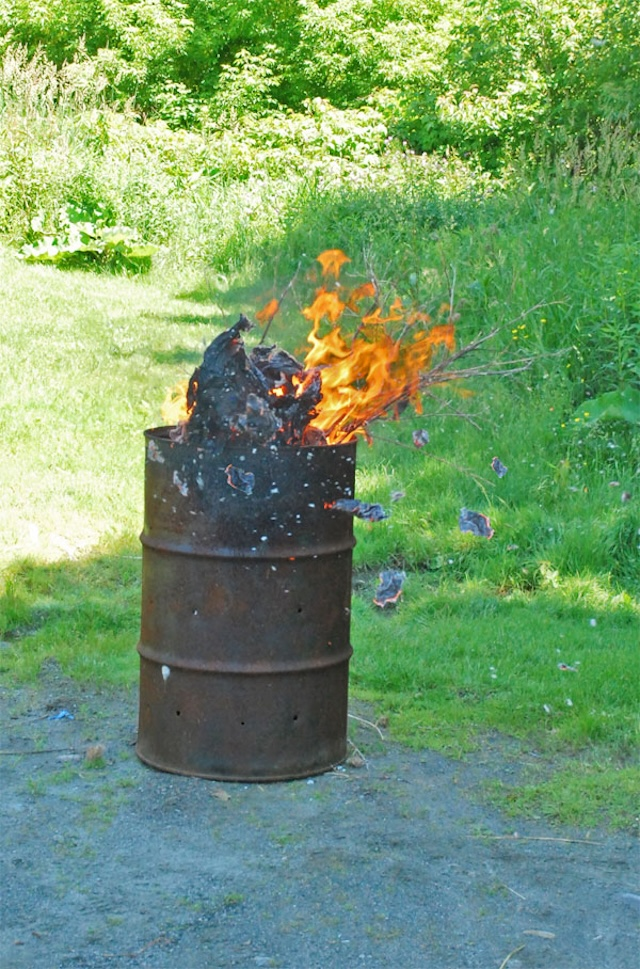
The idea of the burn barrel came from good old-fashioned resourcefulness. In the mid-20th century, especially in rural America, trips to a landfill weren’t always an option. People needed a simple way to get rid of waste, and these empty steel drums—once used to store oil, chemicals, or fuel—were readily available.
Poke a few holes for ventilation, toss in your trash, and strike a match. Just like that, you had your own personal waste incinerator. It was quick, efficient, and required no trips to the dump. And best of all, it was free.
The Downside: A Smoky Legacy
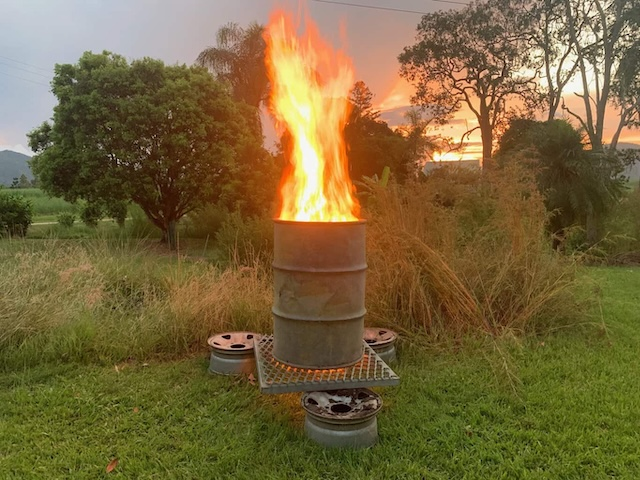
As helpful as they were, burn barrels weren’t exactly eco-friendly. As awareness about pollution grew, people began to realize that those cozy backyard fires came with a cost. Burning plastic, rubber, or treated materials released harmful toxins into the air—dioxins, heavy metals, and other pollutants.
By the 1980s and 1990s, many cities and counties began banning open burning due to health risks. What once symbolized independence became a target of environmental reform. Smokeless alternatives, recycling programs, and organized waste pickup slowly took over.
Stories That Stick With Us
Video: Smokeless Burn Barrel
Ask anyone who used a burn barrel, and they’ll probably have a few stories to share. Maybe it was the time the whole neighborhood helped one elderly neighbor clear out their garage, sending piles of junk up in smoke over a weekend. Or the time a dry summer and an unattended barrel sparked a fire scare that had the whole block scrambling for hoses.
For some, the burn barrel was a place of learning. Kids were often taught how to be careful with fire, to respect the flames, and to clean up after themselves. It wasn’t just waste management—it was a life lesson.
The Fade Into Memory
With the rise of curbside trash collection, composting, and recycling bins, the need for burn barrels quietly disappeared. Today, they’re a rare sight—rusted out, sitting in the corner of a field, or repurposed as planters or fire pits.
But for those who remember, the burn barrel was more than just a rusty old drum. It was part of a lifestyle built on self-reliance, simplicity, and community. It reminded us that even something as mundane as taking out the trash could be a shared experience.
A Symbol of a Simpler Time
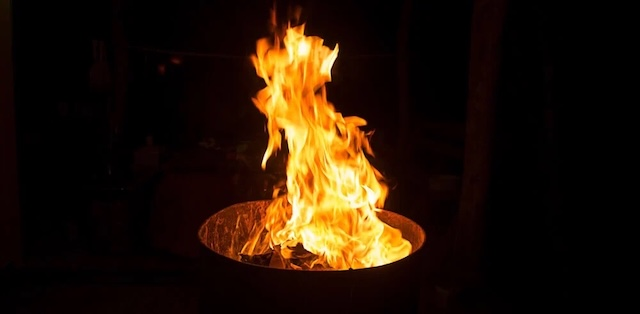
So next time you see a photo of a burn barrel, don’t just think “trash fire.” Think about what it represented—a practical tool, a neighborhood tradition, and a symbol of an era when doing it yourself wasn’t a trend—it was a necessity.
It may be gone, but its memory still burns brightly in the hearts of those who lived through it.

